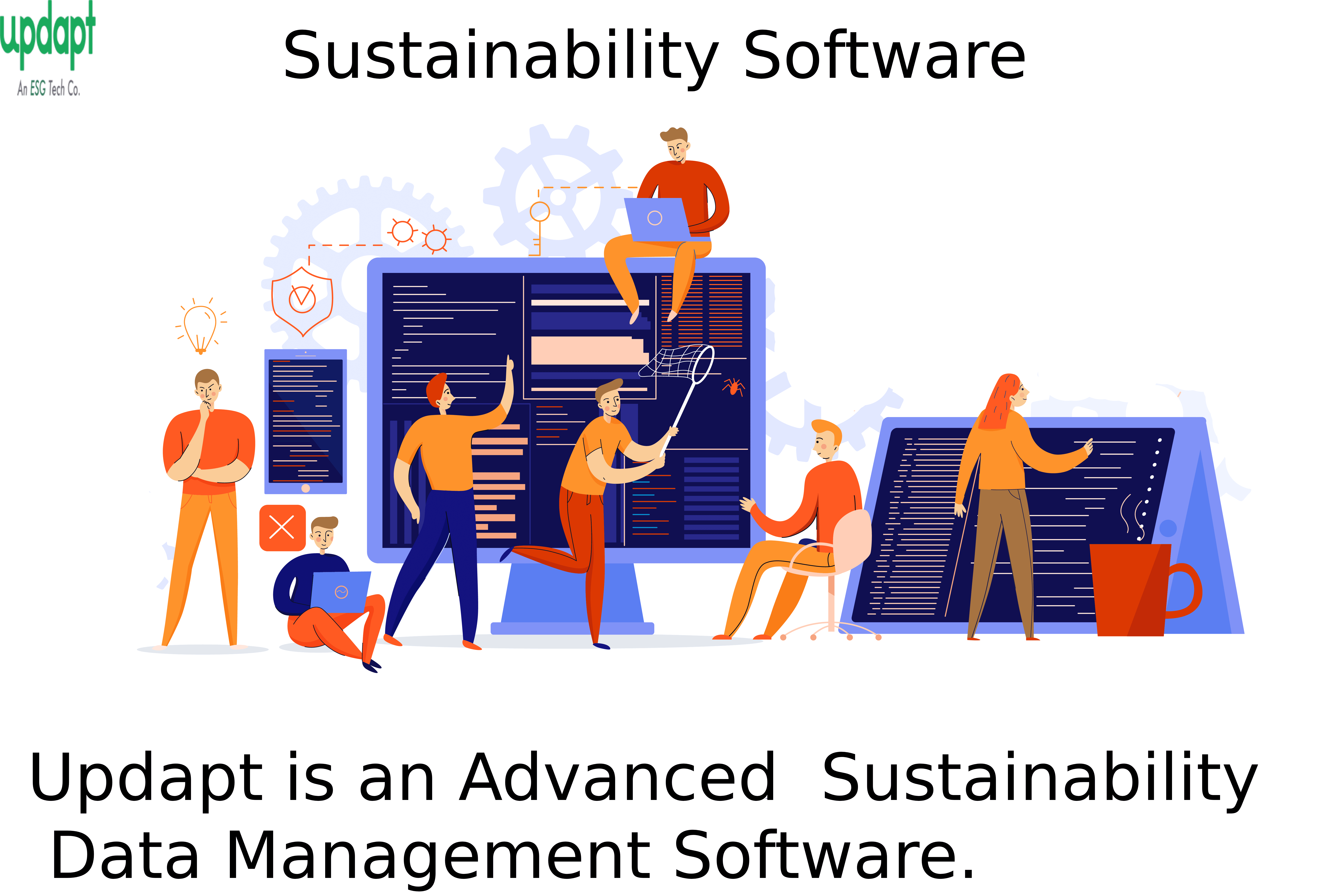In an era where sustainability is more than a buzzword, businesses are turning to innovative solutions to drive their environmental initiatives forward. Enter sustainability software—an instrumental tool in the quest for eco-conscious operations. This article explores the profound benefits of integrating sustainability software into business models and how it amplifies the impact of corporate sustainability efforts.
Understanding Sustainability Software
Before delving into its benefits, let’s define sustainability software. It encompasses a range of digital tools designed to monitor, manage, and optimize various aspects of sustainability within an organization. From tracking carbon emissions to optimizing energy consumption and ensuring ethical sourcing in supply chains, these software solutions offer a holistic approach to sustainability management.
Benefits of Implementing Sustainability Software
1. Environmental Impact Reduction
Sustainability software serves as a catalyst for environmental change. By providing real-time data and analytics, it empowers businesses to identify areas of inefficiency and implement targeted solutions. For instance, energy management software can pinpoint energy-intensive processes, enabling companies to optimize and reduce consumption, thus lowering their carbon footprint.
2. Cost Savings
Efficiency and sustainability go hand in hand. Implementing sustainability software allows organizations to streamline processes and minimize waste, leading to significant cost reductions. Identifying and rectifying inefficiencies not only contributes to environmental goals but also translates into direct financial savings by cutting down on excess resource usage and associated expenses.
3. Enhanced Brand Image and Reputation
Consumers today are increasingly conscious of a company’s environmental stance. Businesses that prioritize sustainability and leverage software to manage and improve their environmental impact stand out. They attract eco-minded consumers, enhancing brand loyalty and reputation. Sustainable practices communicated through transparent reporting facilitated by these software solutions can build trust and goodwill in the market.
4. Regulatory Compliance
With tightening regulations surrounding environmental standards, businesses need to adhere to compliance requirements. Sustainability software aids in tracking and reporting on key environmental metrics, ensuring companies meet regulatory obligations. It simplifies the process of demonstrating adherence to environmental laws and standards, mitigating the risk of non-compliance penalties.
5. Improved Decision-Making
Data-driven insights provided by sustainability software enable informed decision-making. By having access to comprehensive analytics on energy usage, waste generation, and supply chain sustainability, businesses can make strategic decisions that align with their sustainability goals. This promotes a proactive approach to sustainability, fostering innovation and resilience.
6. Stakeholder Engagement and Transparency
Transparency is crucial in demonstrating commitment to sustainability. Sustainability software facilitates transparent reporting, allowing businesses to share their environmental performance with stakeholders. This transparency builds trust among investors, customers, employees, and the community at large, fostering a culture of shared responsibility towards sustainable practices.
Realizing the Full Potential
However, reaping these benefits requires a strategic approach to implementation. Companies must select software solutions tailored to their specific sustainability objectives and operational needs. The scalability, compatibility with existing systems, user-friendliness, and cost-effectiveness of the software should align with the organization’s capabilities and goals.
Moreover, successful integration involves more than just deploying the software. It necessitates a cultural shift within the organization, encouraging employees to actively engage with the software and champion sustainability initiatives. Training programs and ongoing support are essential to ensure the effective utilization of these tools across departments.
Case Study: Company X’s Success Story
Consider Company X, a manufacturing firm aiming to reduce its environmental impact. By integrating energy management and carbon emissions tracking software, they identified inefficiencies in their production processes, leading to a 20% reduction in energy consumption and a significant decrease in their carbon footprint. This not only aligned with their sustainability goals but also resulted in substantial cost savings, bolstering their competitive edge.
Conclusion
Sustainability software isn’t just a technological solution; it’s a catalyst for transformative change within organizations. Its multifaceted benefits extend beyond environmental stewardship to encompass cost savings, improved brand reputation, compliance adherence, and data-driven decision-making.
As businesses navigate the complexities of sustainability in an increasingly conscious world, leveraging sustainability software emerges as a cornerstone for achieving long-term environmental and economic sustainability. It’s not merely an investment in technology; it’s an investment in a sustainable future—for businesses and the planet alike.






